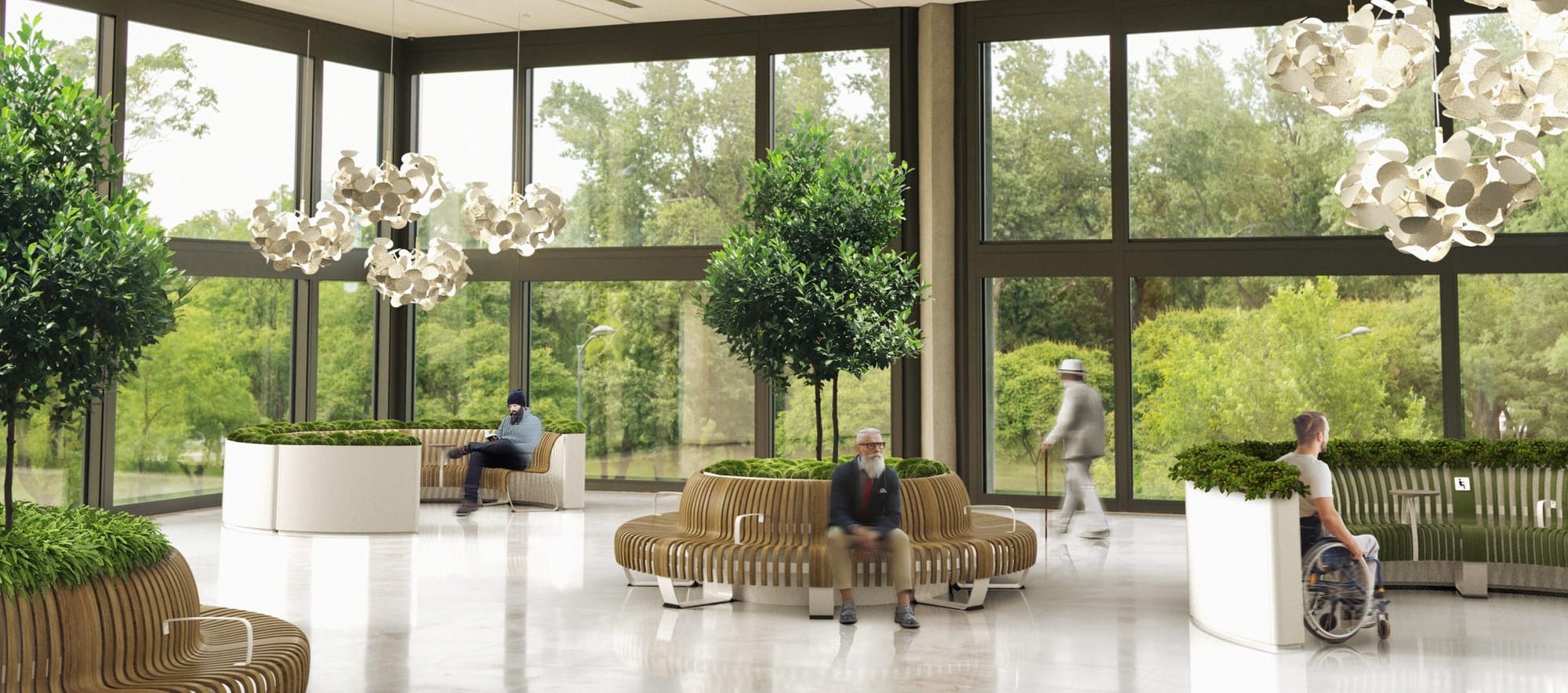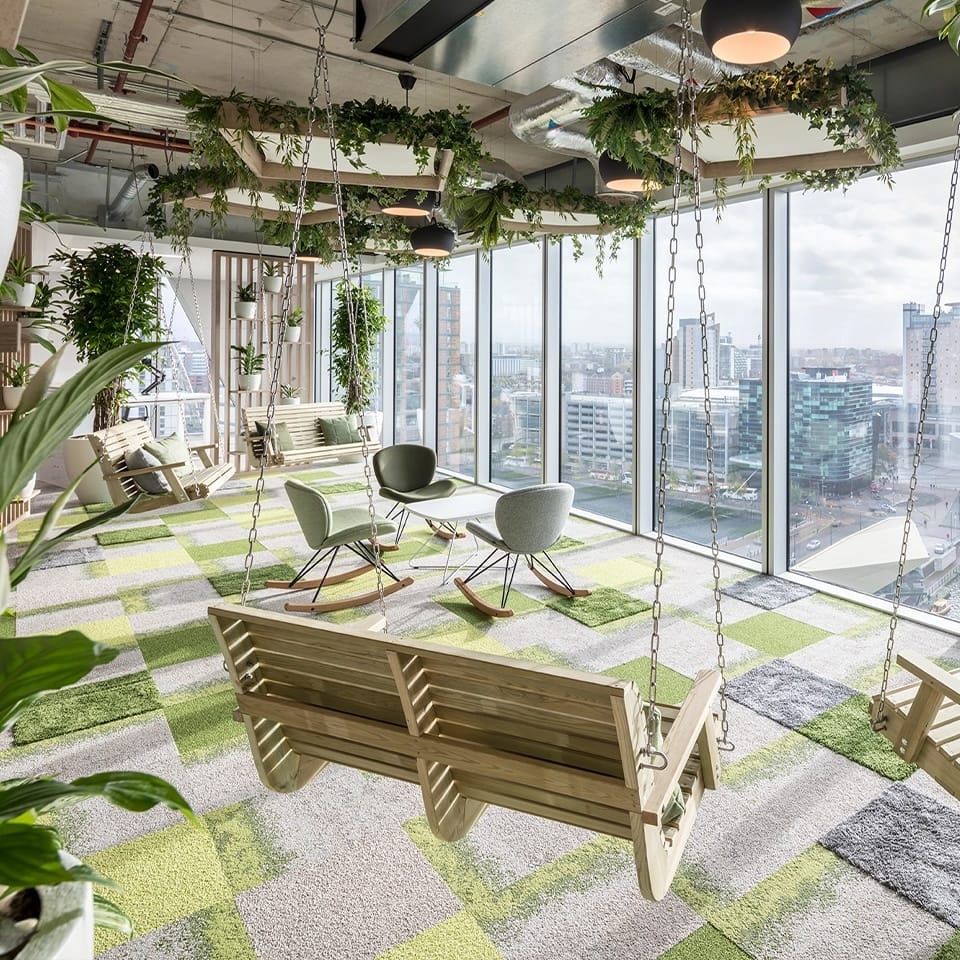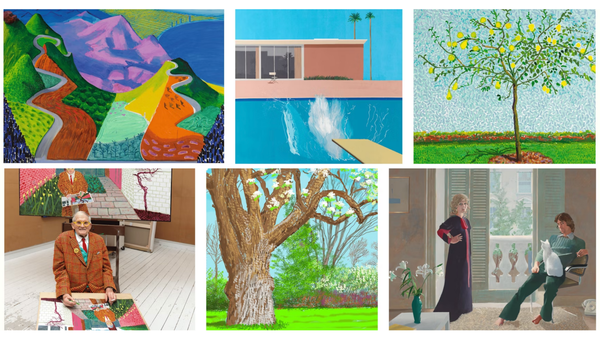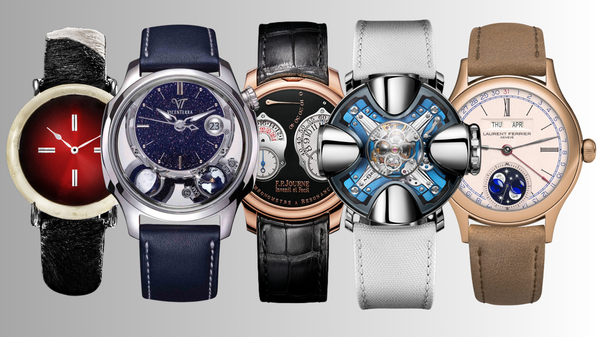The Resurgence of Biophilic Design
In a world dominated by concrete, glass, and steel, biophilic design offers a refreshing alternative—a design philosophy that seeks to reconnect people with the natural world.

As cities expand, technological demands grow, and time spent outdoors declines, the desire to bring nature back into our daily lives is rising. This yearning for nature is not merely aesthetic; it is deeply ingrained in human biology. Throughout our evolutionary history, we have lived in close connection with natural environments, and biophilic design taps into this essential relationship, creating spaces that support the mind, body, and soul.
Although biophilic design is not a new concept, it is making a strong resurgence as more people recognise the value of environments that harmonise with our instincts. Moving towards 2025, this design approach is being embraced not only in homes and workplaces but also in schools, hospitals, and public spaces. Its revival reflects a growing awareness of the importance of well-being, sustainability, and our connection to the natural world in the built environment.
Biophilic design is about integrating natural elements into the spaces we inhabit. These elements can range from obvious features like indoor plants and water to subtler influences such as natural light, organic textures, and patterns that mimic the flow and forms found in nature. Unlike design trends that focus on aesthetics or function alone, biophilic design is rooted in the human connection to nature, known as biophilia.
The concept of biophilia suggests that humans possess an inherent affinity for the natural world. This connection is not only psychological but also physiological—our bodies and minds respond positively to natural environments in ways that urban or artificial settings cannot fully replicate. This idea is backed by extensive research showing that exposure to nature reduces stress, enhances mood, and even improves cognitive function. Biophilic design capitalises on these benefits, creating environments that echo the conditions of the natural world in the spaces where we live, work, and socialise.

The resurgence of biophilic design is no coincidence. As urbanisation increases, people are spending more time indoors. Today, the average person spends around 90% of their time inside buildings, a drastic shift from the outdoor-focused lifestyles of past generations. While cities and modern conveniences bring numerous advantages, this shift comes at a cost. Disconnection from nature has been linked to rising rates of anxiety, depression, and stress-related disorders, along with physical health issues such as cardiovascular disease and poor sleep.
In response, architects and designers are turning to biophilic principles to mitigate the negative effects of urban living. By introducing natural elements indoors, biophilic design fosters spaces that promote well-being and restore balance to everyday life.
One of the primary reasons biophilic design is gaining traction is its profound impact on mental health and emotional well-being. Decades of research in environmental psychology have shown that exposure to natural elements can significantly reduce stress and elevate mood. Whether surrounded by greenery, natural light, or the soothing sound of water, our bodies relax, heart rates slow, and our minds become calmer. These effects are not fleeting—they are deeply rooted in the way our brains have evolved to respond to natural stimuli.
Even in dense urban environments, the presence of nature can create a sense of peace. In office spaces, for instance, employees who work in biophilic environments—featuring plants, natural materials, and plenty of sunlight—report feeling less stressed and more satisfied with their surroundings. This results in greater productivity and creativity, as a calm mind is better equipped to focus and think clearly. Similarly, schools designed with biophilic elements experience increased student engagement and attentiveness. Hospitals that incorporate natural views and materials see patients recovering more quickly, with a noticeable reduction in pain and discomfort.

The emotional benefits of biophilic design are not confined to individual spaces. In cities with ample green spaces, residents report feeling happier and more connected to their communities. Public parks, tree-lined streets, and even small pockets of greenery help reduce feelings of isolation, fostering a sense of belonging and social cohesion. This is especially important in crowded urban areas, where the hustle and bustle of daily life can often feel overwhelming.
Beyond its psychological benefits, biophilic design has tangible effects on physical health. Natural environments are known to lower blood pressure, reduce the risk of heart disease, and boost immune function. Sunlight, a crucial element in biophilic spaces, helps regulate our circadian rhythms, improving sleep quality and overall well-being. Sun exposure also stimulates the production of vitamin D, essential for bone health and immune support.
Incorporating natural materials into building design can also improve indoor air quality. Wood, stone, and other organic materials help reduce the presence of harmful chemicals and pollutants, while plants act as natural air purifiers. Research has shown that environments filled with plants can significantly reduce indoor pollutants, contributing to cleaner, healthier air for occupants.
Furthermore, biophilic design encourages movement and interaction with natural surroundings. Spaces designed with nature in mind often feature walkways, gardens, and outdoor seating areas that invite people to engage with the environment. Whether through a stroll in a garden or simply sitting in a sunlit courtyard, these opportunities for movement are vital to maintaining a healthy lifestyle, particularly in urban areas where access to nature can be limited.
Biophilic design is not solely concerned with human well-being; it also promotes environmental sustainability. By emphasising natural materials, energy-efficient systems, and green technologies, biophilic design reduces the environmental impact of buildings. For example, structures that maximise natural light reduce the need for artificial lighting, cutting energy consumption and carbon emissions.
Green roofs and living walls—popular biophilic elements—provide insulation, decrease heat absorption, and enhance air quality. These features not only benefit building occupants but also support local ecosystems by offering habitats for birds, insects, and other wildlife. In cities where green spaces are scarce, biophilic design offers a means to integrate nature into the built environment sustainably and meaningfully.
As the effects of climate change become more apparent, biophilic design presents a practical solution for creating buildings that work in harmony with the environment. By using locally sourced materials, minimising waste, and incorporating renewable energy systems, biophilic design supports the global push towards more sustainable development. It encourages us to rethink how we construct and occupy spaces, shifting away from resource-heavy practices of the past and towards a future that prioritises human health and environmental stewardship.

Looking ahead to 2025 and beyond, biophilic design is expected to play an increasingly central role in how we design homes, workplaces, and public spaces. Architects and designers recognise the importance of designing with nature, not only for its aesthetic appeal but also for its proven ability to improve quality of life and contribute to a more sustainable future.
In high-density urban environments, where space is at a premium, the challenge will be to find innovative ways to integrate nature. Vertical gardens, rooftop parks, and green facades offer residents access to greenery even in the most crowded settings. Advances in materials science and smart technology are also making it easier to create buildings that are both energy-efficient and biophilic, accelerating the adoption of this design philosophy.
Incorporating biophilic design into public spaces—such as parks, schools, hospitals, and transport hubs—will be crucial to ensuring that all people, regardless of where they live, can enjoy the benefits of nature. As urban populations grow, the need for public spaces that promote health, well-being, and sustainability will only increase.
Biophilic design represents a return to a fundamental truth—that our connection to nature is not a luxury but a necessity for our well-being. As we continue to grapple with the complexities of modern life, this design philosophy offers a way to create spaces that are not only functional and beautiful but also healing and restorative. By reintroducing nature into our built environments, biophilic design bridges the gap between the natural world and the places we inhabit, reminding us of the profound connection between humans and the earth.
As we move into the future, the resurgence of biophilic design reflects a broader cultural shift—a desire to live in greater harmony with the world around us, to prioritise our well-being, and to embrace a more sustainable way of living. In this way, biophilic design is not just a trend but a path forward—a blueprint for how we can build a future that nurtures both people and the planet.





